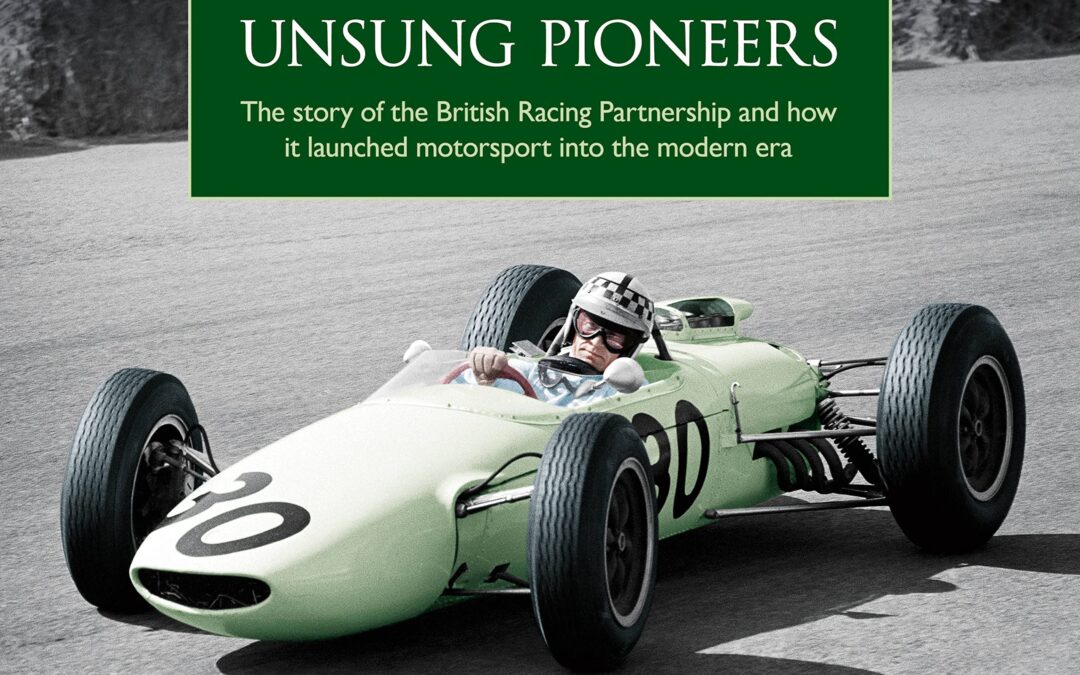
This is the previously untold story of a very special British racing team. The British Racing Partnership (BRP), which operated from 1958 to 1964, is best known for its association with Stirling Moss, who was driving a BRP-entered car at Goodwood on that fateful day in 1962 when a serious crash ended his career.
Less familiarly, BRP became the first fully sponsored team in Formula 1, partnering with Yeoman Credit, a go-ahead finance house, in an initiative that led to a transformation of the sport. Formula 1’s Unsung Pioneers tells the entire history of BRP in unprecedented detail, thanks to the author’s prodigious research and numerous interviews over the years with many leading participants, including Moss himself, team boss Ken Gregory, top driver Tony Brooks, chief mechanic Tony Robinson and many others.
- Formation of the team in 1958 by Stirling Moss’s father, Alfred, and his manager, Ken Gregory, running rear-engined Coopers in F1 and F2.
- Arrival of sponsorship by Yeoman Credit in the autumn of 1959, a year that saw Stirling Moss finish second in the team’s BRM at the British Grand Prix.
- The tragic 1960 season brought the deaths of three BRP drivers — Harry Schell, Chris Bristow and Ivor Bueb — in the space of three months, but racing activities widened to include Lotus sports cars.
- A different finance house, United Dominions Trust, became the sponsor for 1961, when Moss won many non-championship Formula 1 and sports car races for the newly named UDT-Laystall team.
- The 1962 season began badly with Moss’s Goodwood crash but peaked at that same circuit with Innes Ireland’s Tourist Trophy victory driving a BRP-run Ferrari 250 GTO.
- In response to the ground-breaking Lotus 25 with its monocoque chassis, BRP in 1963 built its own car for the first time, a BRM-powered F1 design also with a monocoque.
- The last F1 season, 1964, brought one final non-championship F1 victory for the team, achieved by Innes Ireland at Snetterton.
- BRP cars at Indy: an epilogue to the team’s story saw two cars built for the 1965 Indianapolis 500.
Lavishly produced and illustrated with 350 period photographs, this book will be treasured by all motorsport enthusiasts.
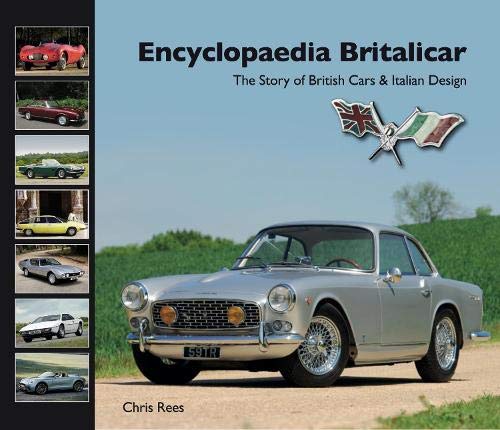
Celebrating the rich, deep partnership between the British car industry and Italian design, this book is packed with coachbuilt cars, design classics and concept cars from the 1920s to the current day. The story starts with the early days of coachbuilt cars on separate chassis from illustrious marques like Bentley, Frazer Nash and Rolls-Royce, which were bodied by such Italian coachbuilders as Pinin Farina, Viotti and Zagato. After World War Two came the golden era of coachbuilt cars, with Italian companies creating some of the world’s most beautiful shapes of all time on chassis from the likes of Aston Martin, Austin-Healey, Bristol, Jaguar, Jowett, MG, Riley and Rover.
Then came the era when Italian carrozzerie morphed into design houses, penning shapes for mass-produced cars like the BMC 1100/1300 and Triumph Herald, and crafting what are widely recognised to be some of the world’s most beautiful cars, such as the Aston Martin DB4, AC 428 and Lotus Esprit.
Finally came the era of the ‘concept car’, with incredible show designs based on British marques such as Jaguars by Bertone, the BMC 1800 Berlina Aerodinamica by Pininfarina and Lotus by Italdesign.
This book reveals the full stories behind the intense, diverse, sometimes surprising and always fascinating links between British cars and Italian design: the characters, the deals, the designs and above all the cars themselves.
Over 40 British marques are included, from AC to Wolseley, and from major names like Jaguar down to smaller operations such as Jensen, TVR, Elva and Gordon-Keeble. These are matched by more than 40 Italian carrozzerie, from Allemano to Zagato. As well as major collaborations – such as Pininfarina and BMC, Michelotti and Triumph, Touring and Aston Martin – myriad never-before-told stories of small operators really make this book special: the likes of Frua, Boano, Fissore, Monviso, Sibona-Basano and Schiaretti.
Richly illustrated with hundreds of period images, high-quality modern photography and dozens of sketches by the designers themselves – many never seen in print before – this is a book to relish for both lovers of design and enthusiasts of British and Italian cars.
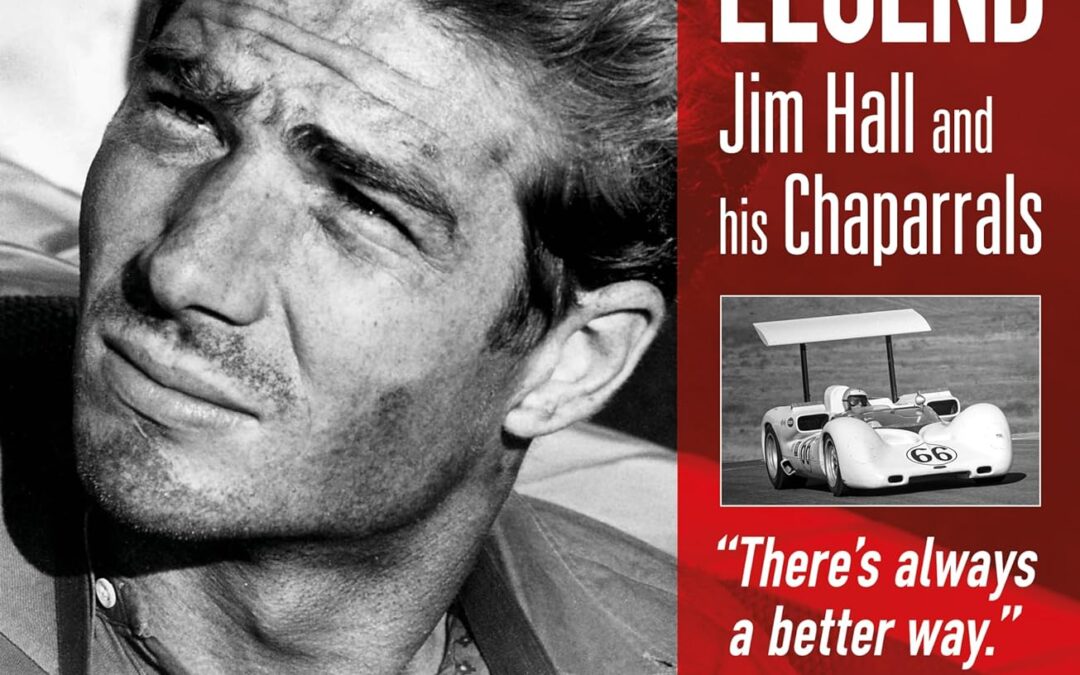
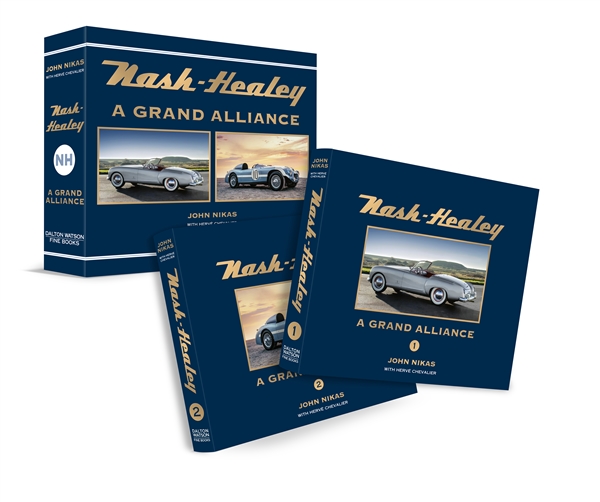
COMING EARLY 2024
Nash-Healey – A Grand Alliance examines in exquisite and exacting detail the story behind America’s first postwar sports car and the unique Anglo-American partnership between Nash and Healey that gave it life, which became an international triumvirate with the later involvement of famed Italian coachbuilder Pinin Farina.
Focusing on the lives and careers of the men behind these fantastic machines, this book dives into their prior accomplishments, before reviewing the design and development of the Nash-Healey roadsters and coupes. It also explores the marque’s incredible competition record at iconic races like the Mille Miglia, 24 Hours of Le Mans and Alpine and Monte Carlo rallies. Lavishly illustrated with almost 1,200 images, most never before published, including several from Donald Healey’s own personal photographic collection, this book is essential for all Nash-Healey enthusiasts and fans of sports cars from the breed’s golden era.
- 2-volume set in slipcase
- 800 pages
- 1,192 illustrations
- Foreword by Donald Osborne
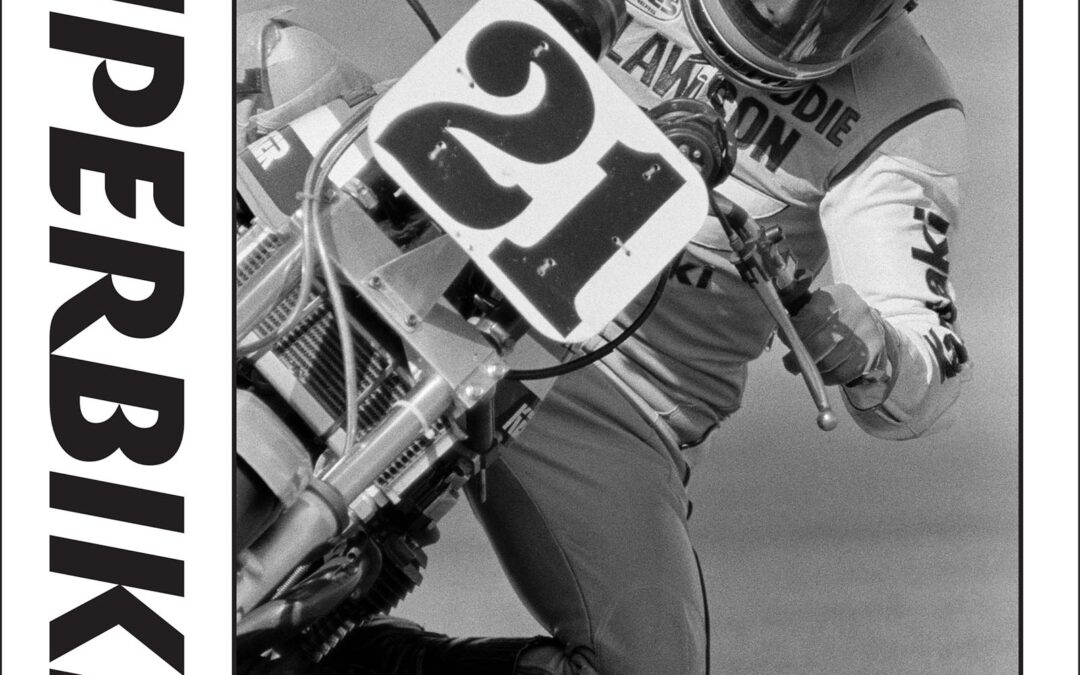
Superbike racing is a global business built on decades of dedicated partnerships among manufacturers, promoters and teams resulting in successful domestic and international championships. In the mid-1970s, however, this popular category of production-based four-stroke competition was in its infancy.
In “Superbike: An Illustrated Early History,” renowned technical writer Kevin Cameron and
acclaimed photographer John Owens chronicle the transition from the twin-cylinder BMWs,
Ducatis and Moto Guzzis set against wobbling and weaving first-generation Japanese fours to a
second wave of more raceworthy machines that ultimately led to the sportbike revolution.
Owens shot the black-and-white photographs published in this beautifully designed and
produced 192-page hardcover book at five of the tracks that dotted the U.S. motorcycle
road-racing landscape at the time: Daytona International Speedway, Bryar Motorsports Park,
Laguna Seca Raceway, Pocono International Raceway and Road America.
Eddie Lawson, Wayne Rainey and Freddie Spencer—three Americans who went on to win a
combined 10 250cc and 500cc Grand Prix world titles—figured prominently in the “sit-up” era of
AMA Superbike. Throughout the book, Cameron and Owens provide insights and images of
riders, crew members and machines difficult to replicate in today’s veiled paddocks.
“The desire to go fast, brake, turn and accelerate isn’t that complicated,” Cameron writes in the
opening pages. Yet this book clearly illustrates and uniquely explains the challenges that all
involved—from the manufacturers, to the teams and, ultimately, to the riders—faced in their
attempts to achieve those goals.
ABOUT THE AUTHORS
Kevin Cameron is a former tuner specializing in racing two-strokes and is widely recognized for
his ability to reduce deeply technical subjects to their elemental form. Kevin has written for
numerous publications. He has also authored several books on engineering and performance.
John Owens has photographed automotive and motorcycle competitions since 1975. John has
covered a range of events in the U.S., Europe and Japan, including the 24 Hours of Le Mans,
Indianapolis 500 and Daytona 500, as well as the Isle of Man Tourist Trophy races.
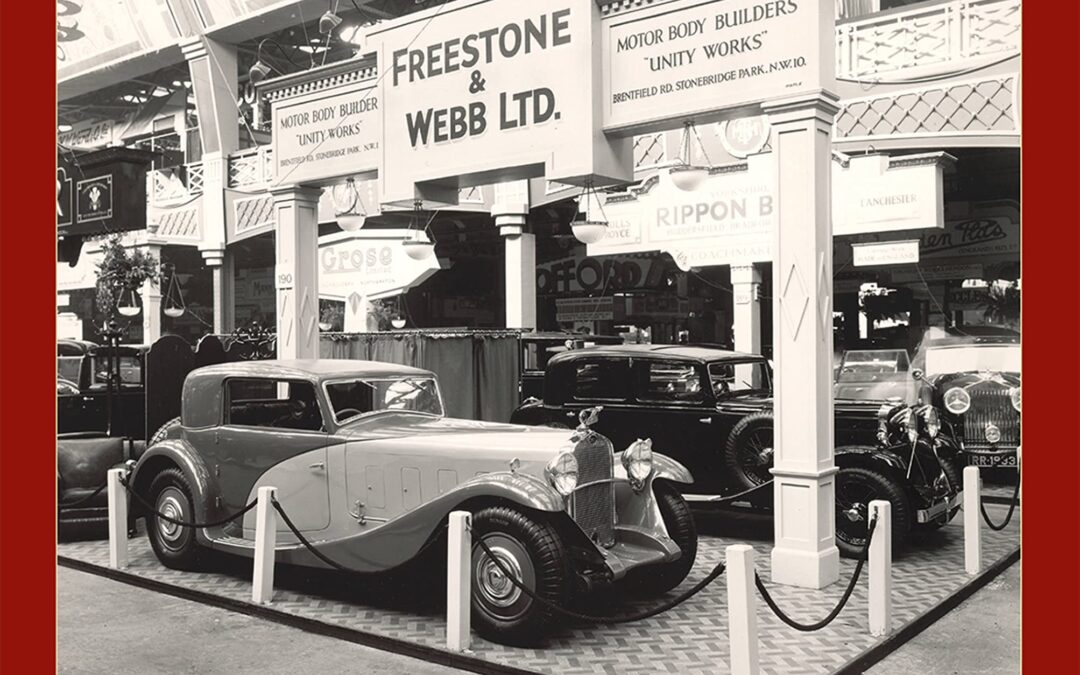
Freestone & Webb was a great name in British coachbuilding for some 35 years, but as demand for coachbuilt car bodies dried up in the 1950s, the company became the first of the Big Five remaining specialists to close down.
They had started in the early 1920s, as the motoring scene was settling down after the upheaval of the First World War. Early devotees of lightweight Weymann construction, they soon earned the approval of the nearby Bentley company because their bodies did not unduly hinder the performance of these great sporting chassis. Before long, Rolls-Royce models were also being provided with stylish and well-made Freestone & Webb coachwork, and so were many leading foreign chassis, such as Mercedes-Benz and Packard.
Although the partnership of Messrs Freestone and Webb was dissolved before the 1930s had got under way, the company survived the bleak years at the start of the decade and continued to build both arrestingly beautiful bespoke bodies and distinctive coachwork in small-volume batches. Most notable in this period was their razor-edge style, which was rapidly copied by many other coachbuilders and would remain influential into the early 1950s.
Like others, the company struggled to get back into the game after an enforced layoff during the Second World War. But with the aid of good designs and fine workmanship, they survived into the 1950s with their reputation intact. Sadly, their continued survival could only be a matter of time, and Arthur Webb was already looking to sell the company when he died in 1954. Freestone & Webb continued gamely for four more years, experimenting with new designs and going out in a blaze of glory with their extravagant Honeymoon Express for a Rolls-Royce Silver Cloud.
This is the story of a great British coachbuilder, told with the aid of meticulous research and with great affection for the grandeur and style that its products still represent.
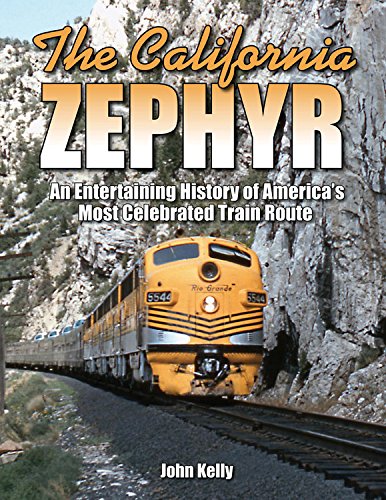
America’s most talked-about train, the California Zephyr was inaugurated March 20, 1949, book-ended by the world-class skylines of Chicago and San Francisco. Operated in partnership over three railroads; Chicago, Burlington & Quincy, Denver & Rio Grande, and Western Pacific, the train was designed in Art Deco style and built of Shotwelded stainless-steel by the Budd Company. The California Zephyr incorporated the best of the Zephyr fleet including Vista-Dome coaches and Vista-Dome observation cars. Powered by General Motors diesel locomotives the western themed “land-cruise” train traveled 2,532 miles on its journey from Chicago traversing the spectacular Colorado Rockies via the 6.2-mile Moffat Tunnel and California’s magnificent Feather River Canyon – by daylight in both directions. Vintage equipment diagrams include California Zephyr baggage car, Vista-Dome coach, Vista-Dome buffet-dormitory car, dining car, bedroom-cabin car and Vista-Dome bedroom-buffet-lounge-observation car. Other highlights feature original trip reports by “Zephyrette” hostesses, travel brochures, timetables, dining car menus and full-color photo gallery of the stunning California Zephyr.
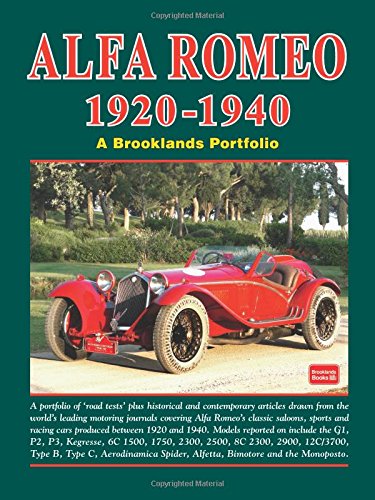
A portfolio of road tests plus historical and contemporary articles drawn from the world’s leading motoring journals covering Alfa Romeo’s classic saloons, sports and racing cars produced between 1920 and 1940. Models reported on include G1, P2, P3, Kegresse, 6C 1500, 1750, 2300, 2500, 8C 2300, 2900, 12C/3700, Type B, Type C, Aerodinamica Spider, Alfetta, Bimotore and the Monoposto. The company that became Alfa Romeo in 1920 was founded as Societa Anonima Italiana Darracq (SAID) in 1906 by the French automobile firm of Alexandre Darracq with the backing of some Italian investors. Sales slowed of these Italian Darracq’s and subsequently in 1909 a new company was founded named A.L.F.A. (Anonima Lombarda Fabbrica Automobili), initially still in partnership with Darracq. The first non-Darracq car, produced in 1910 by ALFA was the 24 HP, designed by their new employee, Giuseppe Merosi. It was a winner and sold 50 cars in its first year. In August 1915 the company came under the direction of Neapolitan entrepreneur Nicola Romeo, who, in 1915, went over to produce military hardware for the Italian and Allied war efforts. In 1920, the company name was changed to Alfa Romeo and car production started again with the Torpedo 20-30 HP which became the first car to carry the new logo. Their first success came that year when Giuseppe Campari won at Mugello and continued with second place in the Targa Florio driven by Enzo Ferrari. Giuseppe Merosi continued as head designer, and the company continued to produce solid road cars as well as successful race cars (including the 40-60 HP and the RL Targa Florio). In 1923 Vittorio Jano was lured away from Fiat, partly thanks to the persuasion of a young Alfa racing driver named Enzo Ferrari. He replaced Merosi as chief designer, who went on to Isotta Fraschini. The first Alfa Romeo under Jano was the P2 Grand Prix car, which in 1925 won the inaugural world championship for Grand Prix cars. For Alfa road cars Jano developed a series of small-to-medium-displacement 4-, 6-, and 8-cylinder inline power plants based on the P2 unit that established the classic architecture of Alfa engines. They featured light alloy construction, hemispherical combustion chambers, centrally located plugs, two rows of overhead valves per cylinder bank and dual overhead cams. These designs proved to be both reliable and powerful. Enzo Ferrari turned out to be a better team manager than driver, and when the factory team was privatised, it became Scuderia Ferrari. When Ferrari left Alfa Romeo, he went on to manufacture his own cars. Tazio Nuvolari often drove for Alfa during this period, winning many races for them prior to the Second World War. In 1928 Nicola Romeo left Alfa which soon afterwards went bankrupt when their defence contracts came to an end. Late in 1932 Alfa Romeo was rescued by the Italian government which took over effective control and Alfa which subsequently became a national emblem. During this period the company produced wonderfully successful sports cars which for many years excelled at Le Mans and built beautiful bespoke vehicles for the wealthy. The elegant bodies for these models were normally built by Touring of Milan or Carrozzeria Pinin Farina and era peaked with the legendary Alfa Romeo 2900B Type 35 racers. To put production figures into perspective, in the six years between 1934 and 1939, Alfa Romeo built 1994 cars, an average of 332 a year, a little less than one a day.
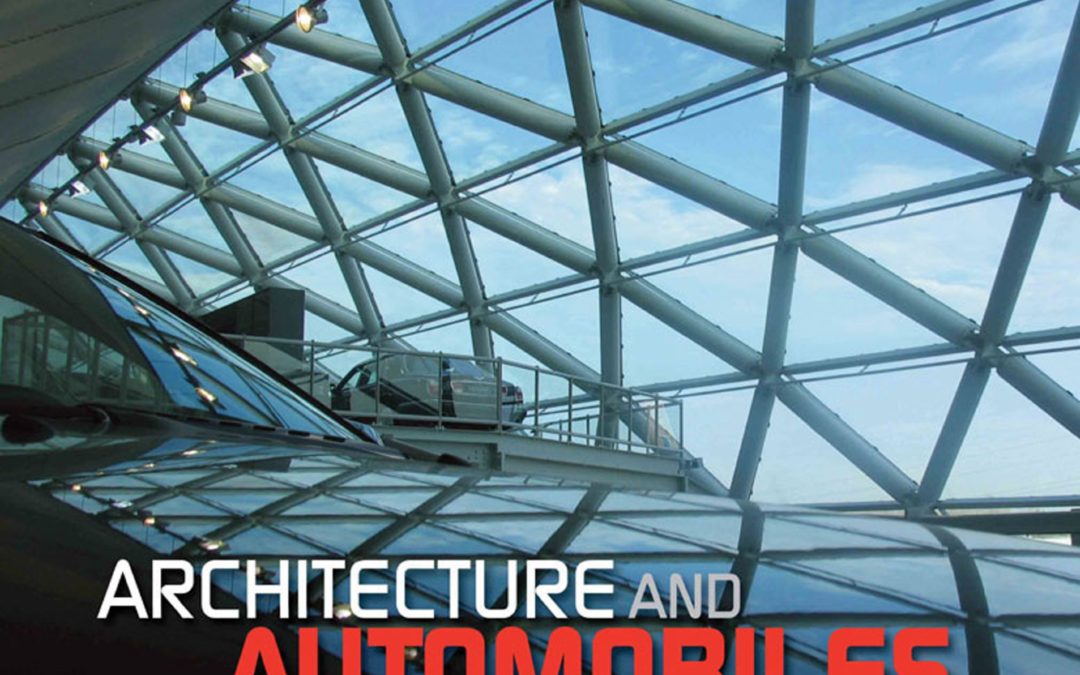
Architecture and automobiles have been intrinsically linked since the dawn of the internal combustion engine, from the assembly plant to the showroom and on to that ubiquitous fixture of the artificial landscape, the service station. The streamlined forms of automobiles have often inspired architects and some have even ventured into designing their own cars.
This book features Foster and Partners, Bohlin Cywinski Jackson, ONL, Renzo Piano, Populous, Zaha Hadid, UNStudio and Massimiliano Fuksas, and presents their best projects, including the BMW Museum in Munich, the Porsche Museum in Stuttgart, the Audi museum in Ingolstadt by 24-H, Manuel Gautrand’s Citroen museum on the Champs Elyssee in Paris, and the Regio Emilia bridge by Santiago Calatrava in Italy.











